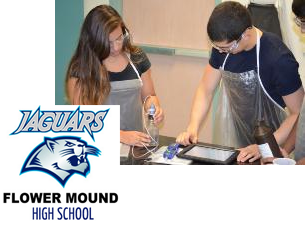Biology Inquiry: Enzyme Activity
Enzymes are critical to many biological reactions. Understanding how enzymes work can help students better understand biology concepts from cellular processes to evolution. This activity allows students to quickly investigate a ubiquitous enzyme, catalase, and the decomposition of hydrogen peroxide. The lab can be conducted in a single class period and provides students with a good entry point for inquiry. Conducting the lab with sensors allows students to easily quantify the reaction in just a few minutes.
In the initial investigation, students are asked to follow a structured inquiry to compare the catalyzed reaction with the spontaneous decomposition of hydrogen peroxide. The set up requires minimal materials and can be completed using either the Oxygen Gas or Pressure Sensor. Since the spontaneous rate of decomposition is tedious to measure and provides minimal educational value, students are provided with the rate in either ppm/min or kpa/min so they can conduct the manipulation with either sensor.
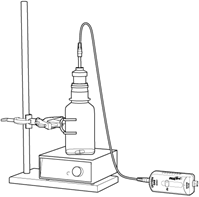
Using the setup pictured, students collect a short 3min data run with 20 mL of 1.5% hydrogen peroxide and 2 mL of yeast suspension.
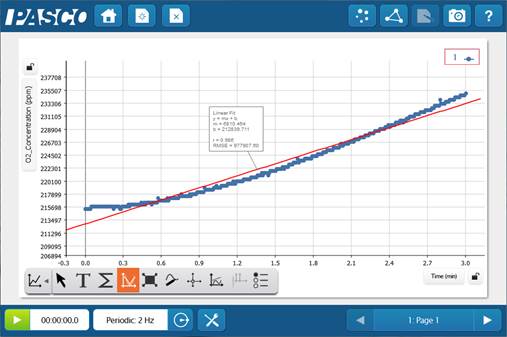
Students can determine the rate of the reaction by finding the slope in either ppm/min or kpa/min for their data set. After comparing the data they’ll find the catalyzed reaction proceeds at ~15,000 to 20,000x the rate of the spontaneous reaction! Go enzymes!
With data runs as short as three minutes, students have ample time to replicate their results and begin investigating other variables that can affect the reaction. The approach in PASCO’s Advanced Biology Through Inquiry Manual provides several levels of scaffolding so you can meet your students at (or just above) their ability level.
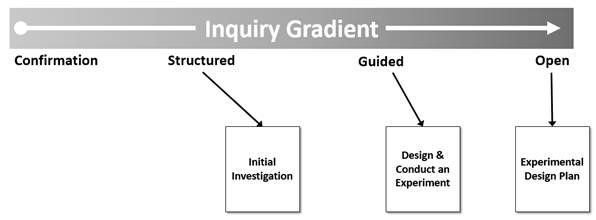
Once students are comfortable with the equipment and scientific method the initial investigation can be skipped or conducted as a demo. For labs where inquiry is not a focus the initial investigation, analysis, and synthesis questions can be completed for a more traditional lab. All of these components are available as a free sample on the manual webpage.
Here are sample results from their inquiries; investigating pH, temperature, and substrate concentration on the reaction. Full details of these inquiry paths can be found in the sample lab.
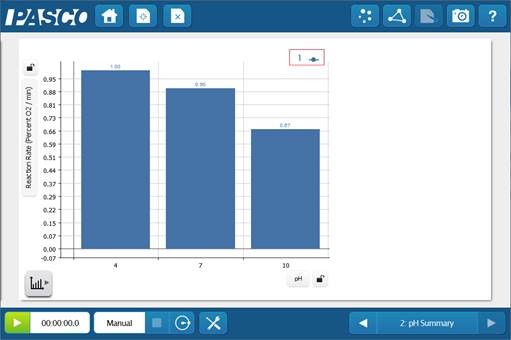

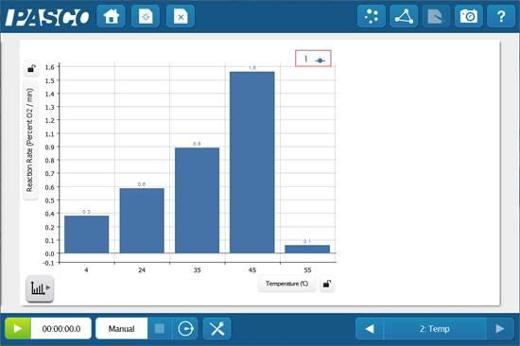
See how students at Flower Mound High School in Texas have implemented this inquiry lab activity

